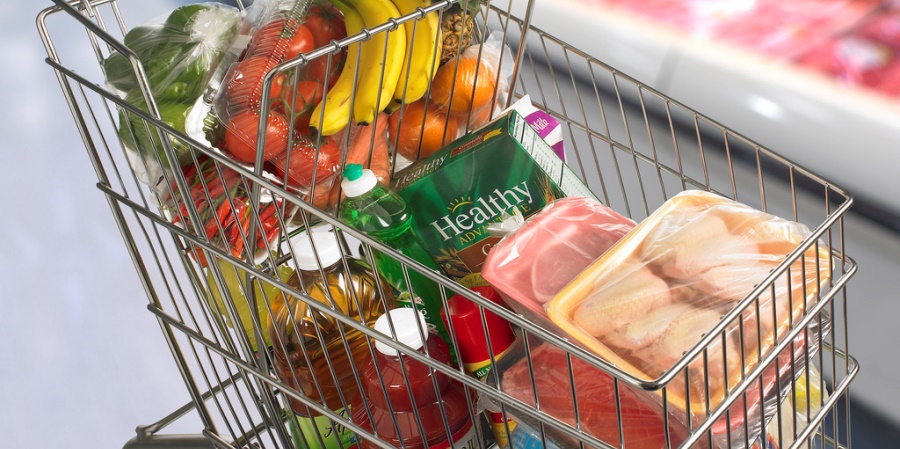Chief executive of the Food and Drink Federation (FDF) Karen Betts said that the latest inflation figures, which place food inflation at 6.7%, were “very sobering”.
According to the FDF, many goods have seen prices rise at double-digit rates, such as margarine and other vegetable fats (22.7%), butter (12.5%), beef and veal (10.2%) and poultry (10.1%). FDF say that these price pressures reflect increases in production costs brought on by the pandemic.
Prices of agricultural commodities started rising in the second half of 2020. As it takes up to a year for production cost inflation to filter through into consumer prices, pandemic-related upward price pressures will be felt for months to come.
Ingredients produced in the UK were 9.6% more expensive than a year ago (up from 7.4% in March) and those imported 15.7% dearer (up from 11.3% in March). Factory gate inflation of food output leaving manufacturers’ facilities accelerated to 8.7% (up from 7.2% in March).
The International Food Policy Research Institute estimates that the share of restricted products in the world food trade measured in calories was 17% in April 2022, a level not seen since the 2007-2008 food crises, with 23 countries adopting food export restrictions.
Immense pressures
Betts said: “This is a very worrying time for many households, and food and drink businesses are continuing to do everything they can to contain food-price inflation. However, the pressures on both large and small businesses are immense.”
She added: “Our sector is, in particular, impacted by the significant rises in energy costs seen this year – with over 60% of food and drink manufacturers reporting energy price rises are impacting their operations. Meanwhile, wages are rising too with labour shortages right across our sector taking hold.
“In this context, it’s vital industry and government work hand-in-hand to ensure the cost of doing business is kept as low as possible. For instance minimising the costs of existing and new regulation, and with a view to responding to shortages in supply in as agile a way as possible.”









